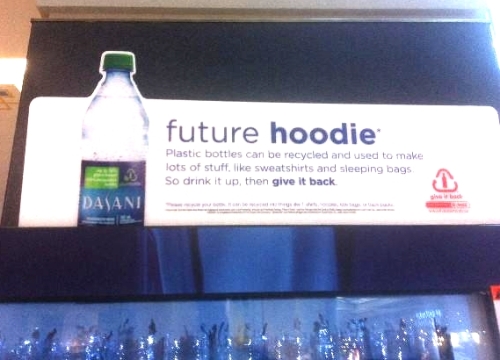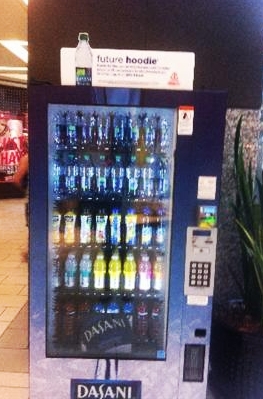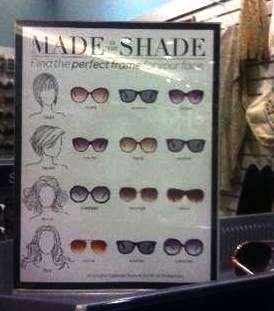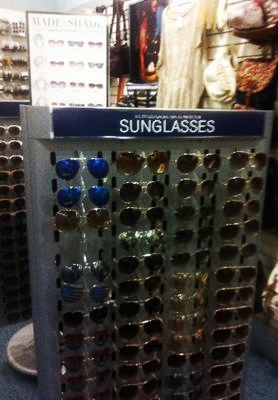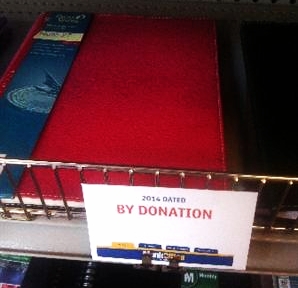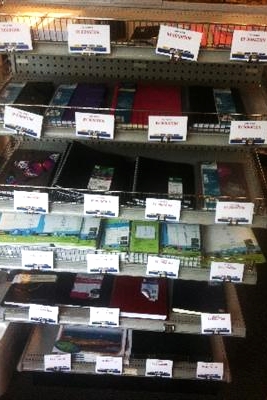I saw 3 customer worthy examples of micro-content in the real world last week.
One from a local Victoria company.
One from a national company.
And one from one of the biggest brands in the world.
They all surprised me because they were exactly what micro should be.
Your Future Hoodie
What do you expect to see when you’re walking by a drinks vending machine?
I won’t waste time sharing the usual mundane call to actions, because this was pretty cool.
Dasani launched their Plant Water Bottles to capture our environmentally friendly conscious, complete with green caps and packing to show that the bottles are “up to 30% made from plants.”
But instead of touting the usual, “Drink us because we’re 30% recyclable,” or “Drink us because over 18,834,000,000 non-recyclable bottles end up in landfills each year,” they told the story in the eyes of the shoppers.
“We could be your next hoodie.”
Why a hoodie?
The vending machine was in a mall, making it the perfect placement of micro-content in the physical world.
And it was done by a brand that’s infamous for successful timing – they know what type of content to deliver in the right form at the right time to make a sale, and they understand their market and product line to ensure their products are almost always within reach.
But what about smaller businesses? How are they leveraging micro-content in the physical world to increase sales?
Round, Square or Heart?
How do you buy sunglasses?
Most of us do one of two things.
We either invest in a nice pair or two and try not to lose them.
Or we grab cheap ones and hope they last long enough before they break.
The problem with the latter is that businesses selling sunglasses need to move a lot to make enough from the low budget frames. This usually means having a lot of glasses in stock and on display.
While we want choice as shoppers, too much choice can be overwhelming and can actually lead to fewer sales.
Unless we get the right information at the right time to help us guide our decision.
That’s exactly what this retailer did.
Icing knows people have a hard time finding glasses, so they created a little piece of educational content to help shoppers choose the right frames based on their face shape while shopping.
They have 4 popular face shapes – Heart, Square, Round and Oval – and paired them with 3 frames that look good on each shape.
The daunting task of sifting through hundreds of cheap frames just became easy, because Icing is helping you choose something that will look good on you.
It’s curation and micro-content rolled into one.
Both will be major factors in determining who will be successful selling products in the future, and I was happy to see this functional piece exactly where it should be.
So, what was the final customer worthy example I saw last week?
“By Donation”
When was the last time you saw that sign?
Maybe at a bake sale?
Or a garage sale?
How about your local office supply store?
As you can see, Monk’s Office Supply still has 2014 calendars and agenda books. Since we’re almost 40% through the year, it’s unlikely someone who uses an agenda will buy one now.
Instead of throwing them out, Monk’s put them in neat little rows and offered them for donation.
To use as crafts, scrap paper or decoration.
Maybe even kindling.
This wouldn’t work well online (obsolete products aren’t easy to move, plus who would justify paying for the shipping?) – but it’s perfect in the real world.
Micro-Content 101
These are all fabulous examples of micro-content:
“Tiny, unique nuggets of information or inspiration that you re-imagine every day, even every hour,
as you respond to today’s culture, conversations, and current events in real time in a platform’s native language and format.”
– Gary Vaynerchuck, Jab Jab Jab Jab Right Hook
The key to micro-content is optimizing each piece for the time and format it’s being consumed. This is why it’s hard to do in general, and even harder for physical products in the real world.
Dasani, Icing and Monks did a fabulous job.
These campaigns most likely won’t win awards, but they’ll win customers.
And that’s what counts.
So, what examples of micro-content have you seen that sparked your attention?

